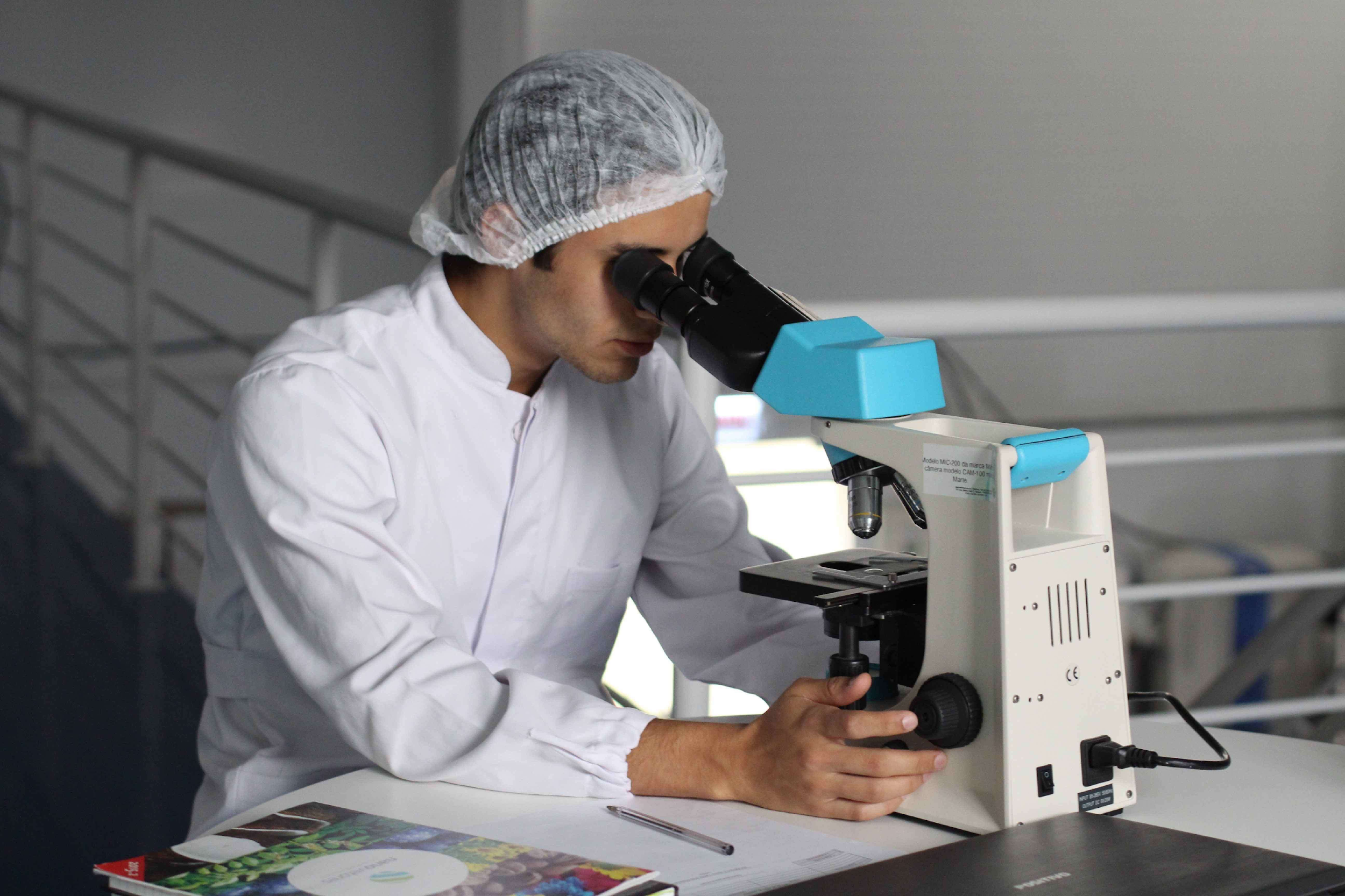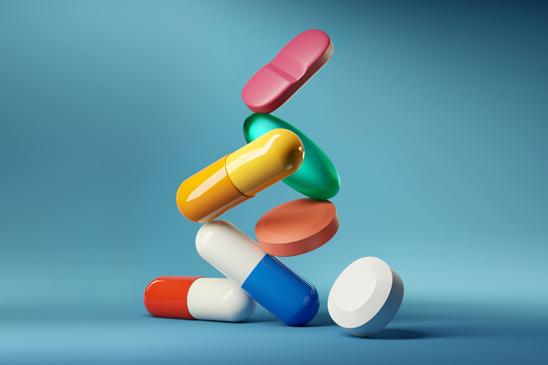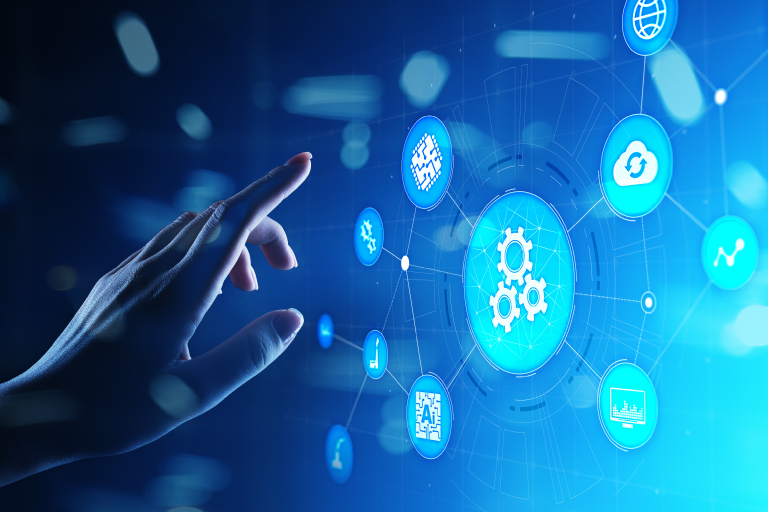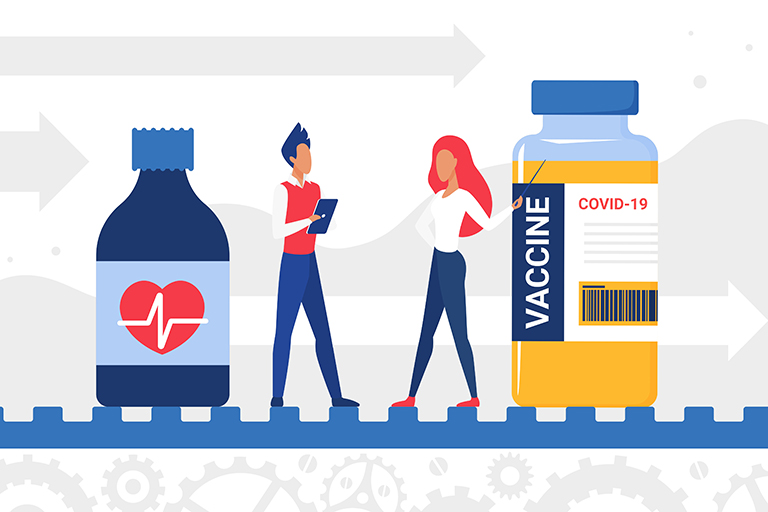Mapping The Healthcare Of The Future
The global healthcare scene is projected to be worth US$10 trillion by 2022. We take a look at how Internet of Things and real-time data are transforming the healthcare supply chain.
If you’re heading out and about today, chances are your phone is already in your hand. Once a novelty, Google Maps is now our go-to navigation tool, indispensable to the daily lives of many.
Want to explore the globe with a swipe of your finger? Try Google Earth. Interested in how our digital and physical worlds are merging? Start gaming using Pokémon Go, with its augmented reality map.
All three apps live inside our phones and reflect a real-time view of the world around us. Yet today’s digital connections are also preparing us to map much, much more.
Want to explore the globe with a swipe of your finger? Try Google Earth. Interested in how our digital and physical worlds are merging? Start gaming using Pokémon Go, with its augmented reality map.
All three apps live inside our phones and reflect a real-time view of the world around us. Yet today’s digital connections are also preparing us to map much, much more.
Even a decade ago, it would be difficult to imagine what is now possible through the intersection of global trade, healthcare and technology.It’s a combination that has changed the lives of many patients, who now have access to lifesaving tech delivered across continents in a matter of hours. Most recently, attention has shifted to our era’s greatest technology disruptor, the Internet of Things (IoT).
Hyper-precise technology is charting a new journey in healthcare
Just as we might zoom in and out to see any part of the globe on a digital map, we can today use networks of connected sensors to gather, see and send data, enabling an unprecedented degree of real-time tracking and tracing.
Using this data, pharmaceutical companies can now map critical information such as location, light exposure, humidity, barometric pressure and shock. They can also ensure the integrity and security of temperature, one of the most pressing industry challenges.
Using this data, pharmaceutical companies can now map critical information such as location, light exposure, humidity, barometric pressure and shock. They can also ensure the integrity and security of temperature, one of the most pressing industry challenges.

Like nearly every other area of commerce, healthcare is now a global market, with more than 40% of all healthcare products estimated to be temperature-sensitive.
And while visibility and control are important in most industry supply chains, they’re absolutely vital for healthcare. From biologic manufactured items to pharmaceuticals, the items the healthcare industry ships are sensitive, critical and difficult to replace.
Tiny sensing devices such as SenseAware® powered by FedEx are just one example of hyper-precise technology charting a new journey for healthcare, as it moves ever steadily from a post-dated temperature tracking model to a live- tracking model.
These wireless sensors make it possible to view and monitor the temperature of a product anywhere in the world, making the entire journey of vital healthcare products ever smarter, more connected, accessible and compliant.
It’s just one way digital is transforming the business of healthcare, and reinventing how healthcare as we know it is delivered. For more insights on how the APAC pharma industry is transforming, stay tuned to our LinkedIn page here.
And while visibility and control are important in most industry supply chains, they’re absolutely vital for healthcare. From biologic manufactured items to pharmaceuticals, the items the healthcare industry ships are sensitive, critical and difficult to replace.
Tiny sensing devices such as SenseAware® powered by FedEx are just one example of hyper-precise technology charting a new journey for healthcare, as it moves ever steadily from a post-dated temperature tracking model to a live- tracking model.
These wireless sensors make it possible to view and monitor the temperature of a product anywhere in the world, making the entire journey of vital healthcare products ever smarter, more connected, accessible and compliant.
It’s just one way digital is transforming the business of healthcare, and reinventing how healthcare as we know it is delivered. For more insights on how the APAC pharma industry is transforming, stay tuned to our LinkedIn page here.
***




















 The Latest
The Latest